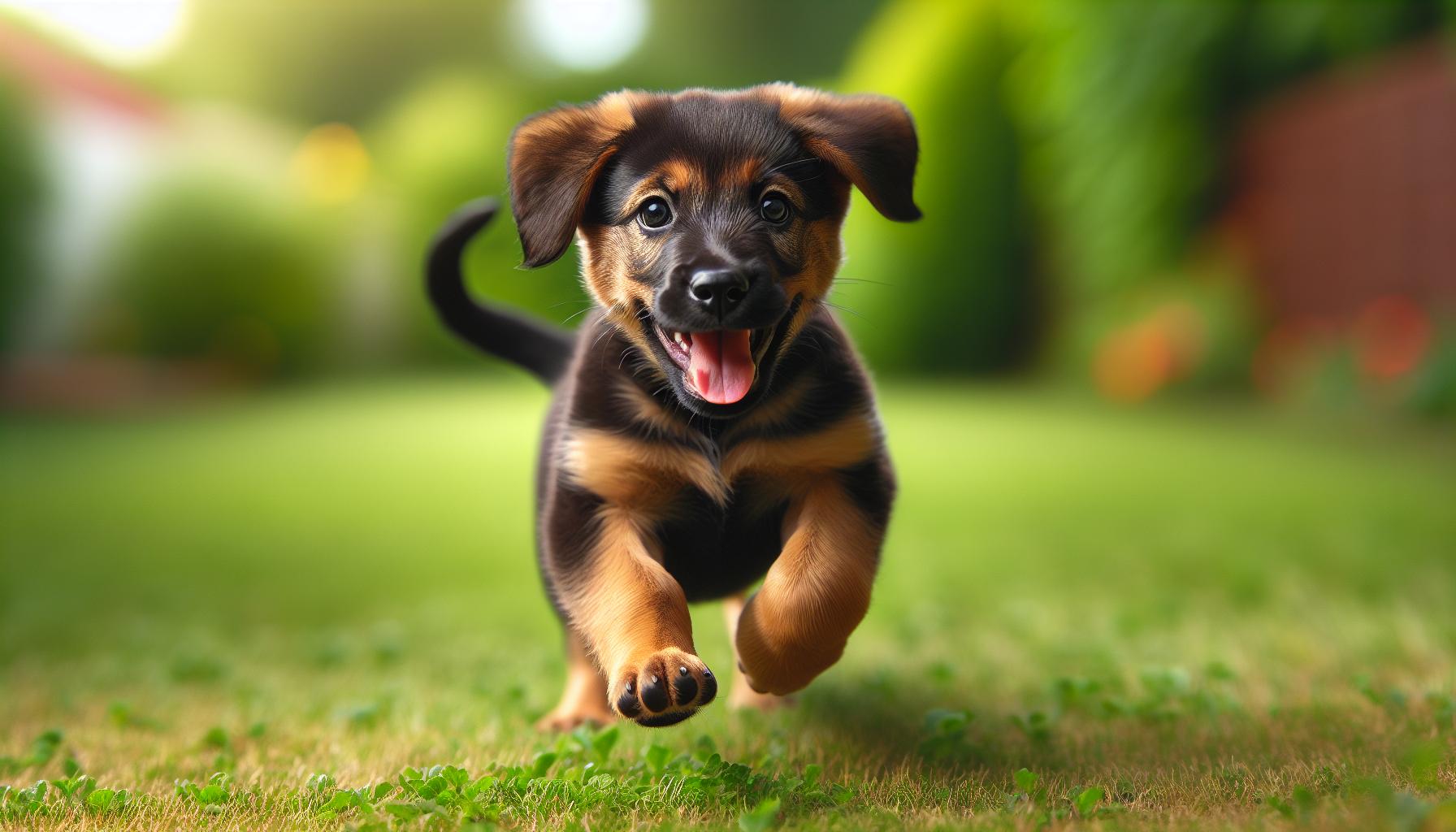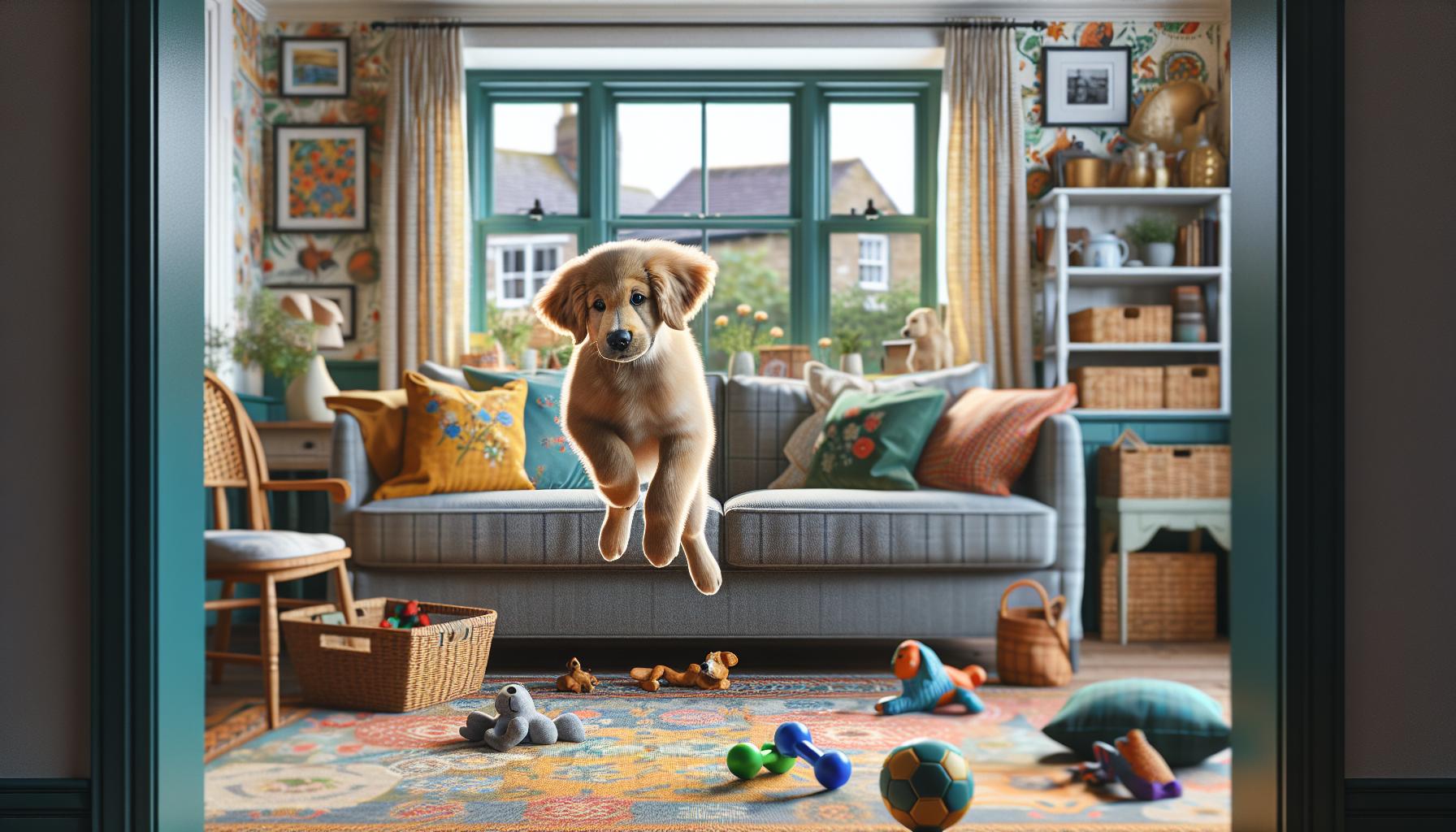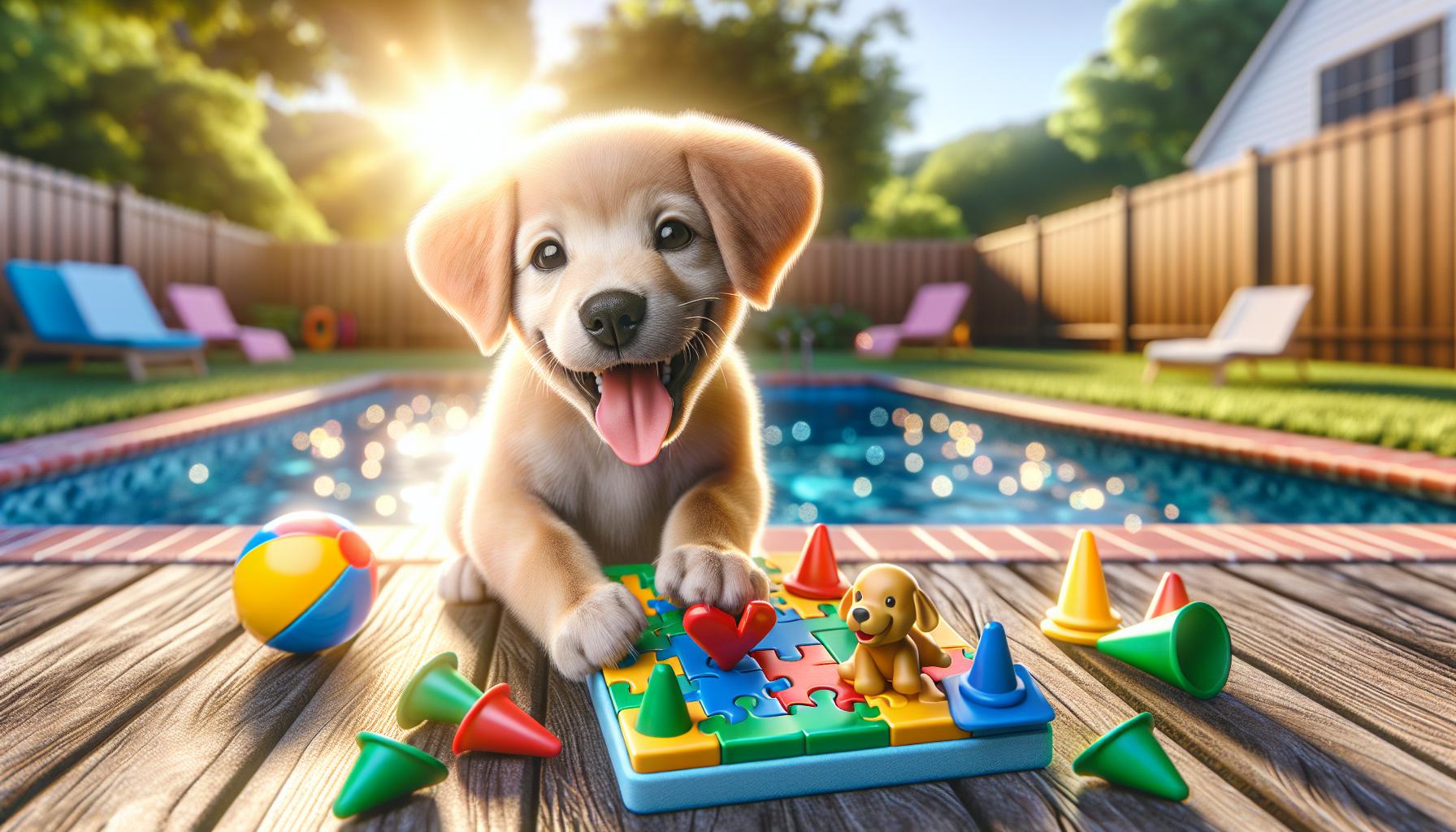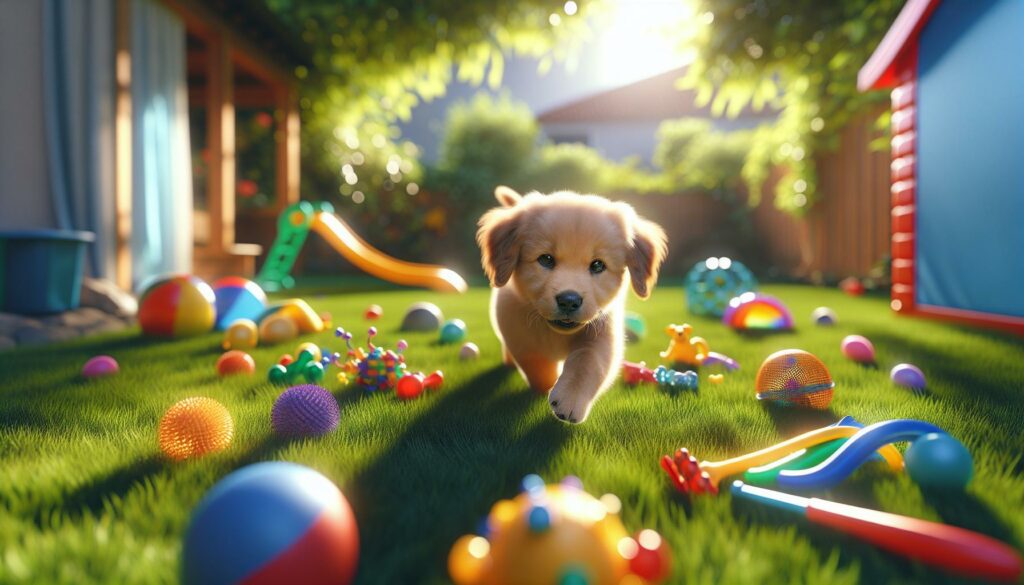I’ve watched countless puppies grow into teenagers and the transformation never ceases to amaze me. Just like human children, dogs go through a challenging adolescent phase that can test even the most patient pet parents. This period typically begins around 6-8 months of age and brings significant changes in behavior and personality.
Through my years of experience as a dog trainer, I’ve noticed that many pet owners feel unprepared when their adorable puppy suddenly starts showing signs of teenage rebellion. From selective hearing to pushing boundaries, these furry adolescents can make you question everything you thought you knew about dog training. But don’t worry – understanding the timeline and signs of canine adolescence will help you navigate this tricky phase with confidence.
Key Takeaways
- Puppies typically enter their teenage phase between 6-8 months of age, lasting until 18 months old, marked by significant behavioral and physical changes
- Physical changes during adolescence include rapid growth, adult coat development, and sexual maturity, with dogs reaching 95% of adult size by 9-10 months
- Common teenage behaviors include selective hearing, boundary testing, and decreased training response, with recall reliability dropping from 90% to 40%
- Teen puppies need 60-90 minutes of daily exercise split into multiple sessions, plus structured training in 5-minute intervals 3-4 times daily
- Consistent rules, fixed routines, and positive reinforcement help manage challenging teenage behaviors and maintain the human-dog bond
When Do Puppies Become Teenagers
Puppy development follows distinct stages from birth through adolescence, each marked by specific physical behavioral changes. These stages lay the foundation for a dog’s adult personality traits development patterns.
Key Milestones in Early Growth
During weeks 0-8, puppies experience rapid physical development milestones:
- Birth to 2 weeks: Eyes remain closed relying on smell touch
- 2-4 weeks: Eyes open first steps motor skills emerge
- 4-6 weeks: Social play with littermates begins teeth appear
- 6-8 weeks: Enhanced coordination vaccination series starts
| Age (Weeks) | Physical Development | Behavioral Development |
|---|---|---|
| 0-2 | Weight doubles blind deaf | Sleep 90% of time |
| 2-4 | Vision hearing develops | First bark sounds |
| 4-6 | Baby teeth emerge | Play fighting starts |
| 6-8 | Improved coordination | Basic learning begins |
From Baby to Junior Puppy
The transition from baby to junior puppy occurs between 8-16 weeks:
- Enhanced physical coordination jumping running climbing
- Exploratory behavior investigating new environments
- Formation of primary social bonds with humans
- Development of bite inhibition through play
- Establishment of basic house training routines
I’ve observed these developmental patterns across multiple breeds showing consistent progression through these stages. Each puppy moves through the phases at slightly different rates depending on breed size genetics health factors.
The Adolescent Stage: When Puppies Enter Their Teen Years

Puppy adolescence marks a significant developmental period between 6-18 months of age. During this phase, puppies experience substantial physical growth alongside behavioral changes that challenge both the dog and their owner.
Physical Changes During Adolescence
Adolescent puppies undergo rapid physical maturation characterized by significant muscular development and hormonal shifts. Their adult coat replaces puppy fur creating a coarser texture with deeper coloration. Males experience a 20-40% increase in muscle mass while females typically reach 90% of their adult weight by 12 months. Sexual maturity occurs during this stage with:
- Growth plate closure in long bones at 12-18 months
- Voice changes becoming deeper particularly in male dogs
- Secondary sexual characteristics development including broader chest in males
- Adult teeth completion with 42 permanent teeth by 7 months
- Height increase reaching 95% of adult size by 9-10 months
Behavioral Transformations
Adolescent dogs display distinct behavioral patterns reflecting their developing independence and testing of boundaries:
- Independent decision-making replacing immediate response to commands
- Heightened territorial awareness through marking behaviors
- Increased reactivity to environmental stimuli including other dogs
- Selective hearing episodes during high-distraction scenarios
- Energy level spikes requiring 2-3 structured exercise sessions daily
- Social relearning phases with both humans and canine companions
- Impulse control fluctuations especially during exciting situations
| Behavior Type | Age of Onset | Duration |
|---|---|---|
| Defiance | 6-8 months | 4-6 months |
| Fear Periods | 8-10 months | 2-3 weeks |
| Sexual Interest | 5-7 months | Ongoing |
Common Teenage Puppy Challenges

Teenage puppies exhibit distinct behavioral changes that create unique challenges for pet owners. These changes stem from hormonal fluctuations and developing independence during adolescence.
Testing Boundaries and Independence
Teenage puppies demonstrate increased boundary-testing behaviors through specific actions. These include:
- Ignoring previously learned commands
- Wandering farther during walks or outdoor activities
- Challenging established household rules (jumping on furniture, counter surfing)
- Displaying territorial marking behaviors
- Showing reduced interest in family interactions
- Attempting to take leadership positions in multi-dog households
This independence-seeking phase peaks between 8-12 months, with dogs testing limits 5-6 times more frequently than during their puppy stage.
Changes in Training Response
Training effectiveness experiences significant shifts during adolescence due to hormonal influences. Key changes include:
- Decreased recall reliability, dropping from 90% to 40% response rate
- Inconsistent performance of basic commands
- Increased distractibility during training sessions
- Selective hearing in high-stimulus environments
- Resistance to leash walking protocols
- Regression in house training behaviors
Training sessions require 25% more repetitions during this phase to maintain the same level of response compared to pre-adolescence. Environmental stimuli affect command response by 60% more than during the puppy stage, making controlled training environments essential.
| Training Aspect | Puppy Stage | Adolescent Stage |
|---|---|---|
| Recall Success | 90% | 40% |
| Training Session Length | 10 minutes | 15-20 minutes |
| Command Repetitions | 5-10 | 15-20 |
| Focus Duration | 2-3 minutes | 30-45 seconds |
Managing Your Teen Puppy’s Development

Teenage puppies require specific management strategies to channel their increasing energy levels effectively while maintaining consistent training practices. A structured approach to both physical activity and mental engagement helps navigate this challenging phase successfully.
Exercise and Mental Stimulation Needs
Teen puppies experience a 40% increase in energy levels compared to their earlier puppy stage, requiring 60-90 minutes of daily exercise split into multiple sessions. I recommend incorporating:
- Structured walks with designated sniffing zones
- Interactive play sessions using puzzle toys or treat-dispensing balls
- Agility exercises like weaving through cones or jumping over low barriers
- Swimming or fetch games in secure areas
- Brain games such as hide-and-seek or treasure hunts with treats
- Breaking training sessions into 5-minute intervals 3-4 times daily
- Increasing distance between distractions by 10 feet during practice
- Using premium treats (chicken, cheese) for challenging behaviors
- Incorporating movement-based commands (running recalls, position changes)
- Practicing commands in 3 new environments weekly
- Adding duration gradually: start with 2-second stays, increase by 5 seconds
| Training Aspect | Early Puppy Stage | Teenage Stage |
|---|---|---|
| Session Length | 10-15 minutes | 5-minute intervals |
| Daily Sessions | 2-3 | 3-4 |
| Reward Value | Basic treats | Premium treats |
| Environment Changes | 1-2 weekly | 3 weekly |
| Command Duration | 30-second max | 2-minute max |
Supporting Your Puppy Through Adolescence
Supporting a puppy through adolescence requires a combination of consistent boundaries structured enrichment. I’ve developed specific strategies to help pet owners maintain control while nurturing their relationship with their teenage dogs.
Maintaining Consistent Rules
Consistent rules create a stable environment for teenage puppies to understand expectations. I establish three key house rules: designated sleeping areas designated potty spots boundaries for furniture access. My training approach includes:
- Setting fixed meal times with a 15-minute food-bowl window
- Creating consistent wake-up sleep schedules
- Enforcing the same commands from all family members
- Marking specific areas as off-limits with physical barriers
- Implementing predictable daily routines for walks training sessions
- Practicing focused attention exercises for 5-10 minutes daily
- Engaging in interactive play sessions using tug toys fetch games
- Creating positive associations through reward-based training
- Incorporating gentle handling exercises during quiet moments
- Participating in structured activities like agility nosework classes
| Bonding Activity | Duration | Frequency |
|---|---|---|
| Training Sessions | 10-15 min | 3x daily |
| Play Time | 20-30 min | 2x daily |
| Grooming | 5-10 min | 1x daily |
| Exercise | 30-45 min | 2x daily |
| Quiet Time | 15-20 min | 1x daily |
Adolescence
Navigating your puppy’s teenage phase doesn’t have to be overwhelming. I’ve seen countless dogs transition through adolescence and emerge as well-adjusted adults with the right guidance and support. Remember that this challenging period is temporary and completely normal in your puppy’s development.
Stay patient and maintain consistent training routines during this time. I recommend focusing on positive reinforcement and keeping your expectations realistic. Your teenage pup needs your understanding and steady leadership now more than ever.
Trust that your dedication to supporting your puppy through adolescence will strengthen your bond and help shape them into a confident adult dog. The reward of a well-adjusted companion is worth every moment spent guiding them through their teenage months.

